Carlos Jose Hernandez and Joshua Zuazo were sentenced to life without the possibility of parole in the 2024 murder of Hussein “Sam” Murray.
Rocks On: Opal’s essence continues to delight
In this installment of Rocks On, National Jeweler delves into the supply/demand and pricing trends for the opulently colored opal.

Opals are the product of seasonal rains that drench the dry ground in an arid place, such as Australia’s outback. The water soaks in and penetrates deep, carrying silica with it. Then, the water evaporates during a dry spell, leaving silica deposits behind to form opals.
Even though all opals are formed through this same process, the resulting stones are unique.
No two opals look the same, and the play of color for each precious opal is different, giving them wide-ranging appeal. (There are two main types of opal--while common opal has a milky, dull color, precious opal displays the range of color that is so valued.)
“In Lightning Ridge black opal, people tend to like the combination of blues and greens, which have been the most popular with us,” said Niveet Nagpal, designer and president of Omi Privé. “But with true collectors looking for special pieces, if the opal displays more red flashes, these are the most sought after and valuable.”
Opal’s recently returning popularity with consumers also can be attributed to a greater number of designers using the stones in more of their pieces, bringing high-quality opals in front of consumers again and driving demand.
“Opal is re-entering the popular market and, where they were once using a little bit lower-quality (stones) at one point, they have delved into the finer goods over the last few years,” said Matt Hopkins of Hopkins Opal.
The rush slows
Today’s supplies of opal come mostly from Australia, Mexico, and the United States, though Hopkins said that supply is constrained in Australia at the moment as companies realize that there’s more money to be made in mining other natural resources in that country, such as industrial metals.
“There’s been a lack of producing areas for more than a decade,” he said, but noted that the increased demand for opals means that miners likely will return to prospecting for the gem once they realize that there is consistent consumer demand.
He adds that the only type of opal that perhaps isn’t seeing a major climb in demand is the commercial opal that is sourced for mass market, lower-end jewelry that has less play of color. “People don’t really have that much interest in that anymore.”
Overall, Hopkins said he sees opal demand outstripping supply in both the U.S. and Asia, noting that there is a renewed interested in colored gems in general as consumers see high-quality large gemstones as investment pieces.
This makes sourcing high-quality opals difficult. Many dealers that Hopkins knows still are working off old stock, though replenishing that at the same price they did even a few years ago is much harder.
Jonathan Farnsworth of Parlé Designs reiterated what Hopkins is seeing in the market, noting that the hardest to source currently are high-quality black and crystal opals, as well as opal doublets, which Farnsworth attributed to labor costs that had gotten too high to validate production.
He said there is plenty of Ethiopian opal in the market, which is helping to create demand for opals as a whole as more consumers are seeing them. He also said that he feels that production will begin picking up as trends drive demand.
“It’s a little cyclical, because as demand increases, more production should increase as well, especially as oil prices drop and it becomes easier for miners to mine. Then the supply will be there to further feed and grow demand,” he said.
A price hike
Like many of the rarest gems, the price of the highest quality opals have been rising slightly over the past few years, though Hopkins notes that fine black opal always has been, and continues to be, fairly expensive.
Intense red-orange fire opal from Mexico also is extremely rare and highly valued, with its strong play of color, with price and supply following the similar patterns as the other types of high quality stones.
Though the best fire opal generally sells for less than high-quality precious opal, fire opal pieces with exceptional color will go for more than specimens of precious opal with a less-than-stellar play of color.
Even though prices are climbing steadily at the high end, it’s the mid-range-quality opals--falling between $150 and $700 per carat at wholesale--where the upswing is the greatest, Hopkins said, a trend that he expects to continue for the next couple of years.
Hopkins said that he is seeing opal prices increase along all points in the supply chain, including “field prices,” which refers to the price of the opal when sold from the miners directly to the field buyers, which have gone up some 20 percent over the last year.
Designer’s delight
Much of opal’s value, and its appeal, is the stone’s ability to show so many different colors from every angle as it diffracts light. That’s why opals normally are cut into cabochons rather than being faceted; it enhances the color play.
From a design perspective, the gem’s color show gives jewelry-makers the ability to pair opals with a variety of other gemstones, bringing out different colors depending on the gem with which the opal is set.
“Pairing opals with multiple colored gemstones and even different metals can contrast with or emphasize specific colors found within the opal,” Nagpal said.
This is also one of the reasons that designer Penny Preville told National Jeweler that she loves to work with opals.
Not only do the stones come in her favorite color, blue, but the different speckles of color that come out means that it works well with many other stones that she may want to use, as well as any metal.
She said she has noticed that her customers currently want the dark blue opals the most.
“I see opals as becoming more of a staple and, in a way, becoming their own category of sorts. It’ll be interesting to see where it goes because there’s so much more that designers can do with it. I definitely think that opal has a long life ahead of it,” Preville said.
The Latest

Yood will serve alongside Eduard Stefanescu, the sustainability manager for C.Hafner, a precious metals refiner in Germany.
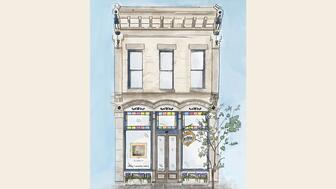
The New Orleans jeweler is also hosting pop-up jewelry boutiques in New York City and Dallas.

How Jewelers of America’s 20 Under 40 are leading to ensure a brighter future for the jewelry industry.

Set in a Tiffany & Co. necklace, it sold for $4.2 million, the highest price and price per carat paid for a Paraíba tourmaline at auction.

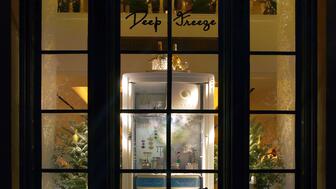
The jeweler’s “Deep Freeze” display showcases its iconic jewelry designs frozen in a vintage icebox.
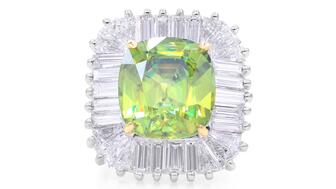
Take luxury gifting to new heights this holiday season with the jeweler’s showstopping 12-carat sphene ring.

Roseco’s 704-page catalog showcases new lab-grown diamonds, findings, tools & more—available in print or interactive digital editions.

This year's theme is “Unveiling the Depths of the Ocean.”

In its annual report, Pinterest noted an increase in searches for brooches, heirloom jewelry, and ‘80s luxury.

Starting Jan. 1, customers can request the service for opal, peridot, and demantoid garnet.

The 111-year-old retailer celebrated the opening of its new location in Salem, New Hampshire, which is its third store in the state.
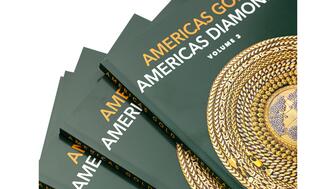
The new catalog features its most popular chains as well as new styles.
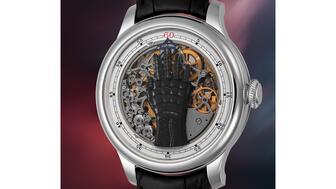
The filmmaker’s personal F.P. Journe “FFC” prototype was the star of Phillips’ recent record-setting watch auction in New York.

The new location in the Design District pays homage to Miami’s Art Deco heritage and its connection to the ocean.

Inflations, tariffs, and politics—including the government shutdown—were among consumers’ top concerns last month.

“Longtime favorite” presenters, as well as first-time speakers, will lead talks and workshops at the annual event in Tucson next year.
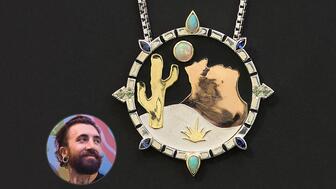
Silas Smith of Meridian Metalworks won the challenge with his pendant that blends Australian and American landscapes.
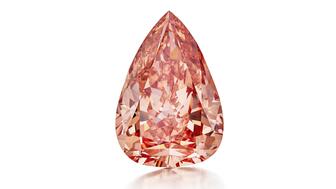
The sale of the 31.68-carat, sunset-hued stone was part of Sotheby’s first series of events and auctions in Abu Dhabi.

Most customers who walk into your store this month have made up their minds. Your job is to validate their choice, Emmanuel Raheb writes.
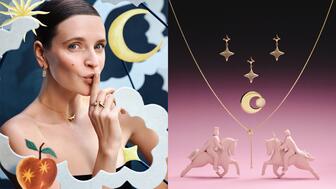
The collection features characters and motifs from Ukrainian folklore, including an enchanted mirror and a magic egg.

MatrixGold 3.11, the newest version of the jewelry design program, offers more flexibility, precision, and creative control.

The pavilion will be part of the 2026 JA New York Spring show, scheduled for March 15 to 17.

Kadet, a 1994 National Jeweler Retailer Hall of Fame inductee, helped grow the family-owned retailer in the Chicago area and beyond.

Billed as the world’s smallest wearable, Lumia Health’s new smart earrings have a health tracker subtly embedded in the back.
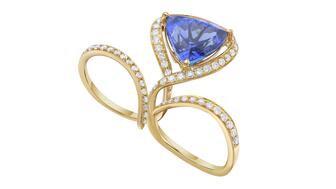
Don’t let those with December birthdays feel blue. Help them celebrate their month with blue zircon, turquoise, and tanzanite.
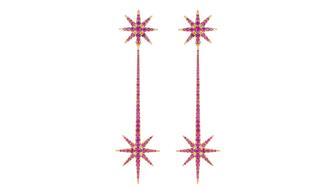
The new pink sapphire version of the piece dances with its wearer in the brand’s “Icons After Dark” holiday campaign.

























